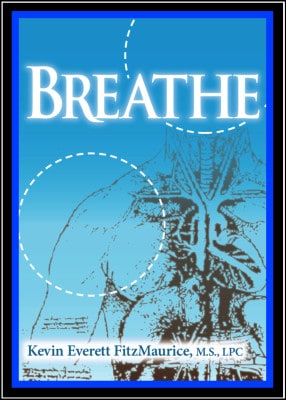Standards5 StylesStandards TableRelated Pages6 Groups of Topics9 Skills & Topics
Standards Are Needed, But How You Make Them Matters
- Secret of Maturity, 4th Ed., will teach you how to own the power of emotional responsibility.
- Discovery Demands 5TP: The Evolution of Perspective
5 Styles for Standards and Quality are shown with explanations of the results of each. You are encouraged to use more effective styles for your standards.
“He therefore that despiseth, despiseth not man, but God, who hath also given unto us His holy Spirit.” —I Thessalonians 4:8
“We can actually put the essence of neurosis in a single word: blaming—or damning.” —Albert Ellis and Robert A. Harper, A Guide to Rational Living, Third Edition, p. 127
“Finding a few rare or unusual cases in order to disprove a rule only works to prove that it is a reliable rule but not an absolute rule.” —Kevin Everett FitzMaurice
- Read and discover the best diagrams and maps of how people control and manipulate you.
1. NEGATIVE STANDARDS
- High standards that are impossible to meet.
- Motivate with guilt and shame.
- Turn work environments into hell.
- Foster sabotage.
- Destroys some people, gets others to quit or rebel, and turns some people into puppets or slaves.
- Prophets of punishment as motivation.
2. CRITICAL STANDARDS
- High standards that are never met.
- No matter how good or well a project or task is completed, something is always wrong.
- Even a project completed perfectly could still have been done faster.
- Always striving, never arriving.
- Prophets of coulda, woulda, and shoulda as motivation.
3. NEUTRAL STANDARDS
- No actual or real standards.
- Everything is considered good because it exists.
- The least effort is equated with the most effort.
- The poorest work is equated with the best work.
- Discourage the best and help the worst to be lazy.
- Prophets of high self-esteem and slobism as motivation.
4. PUSHY STANDARDS
- High standards that are not reachable in a reasonable amount of time.
- Always wanting more.
- Always expecting more.
- Never satisfied.
- Expectations are never met because expectations are always increasing faster than resources or skills are.
- Prophets of dissatisfaction as motivation.
5. POSITIVE STANDARDS
- Highest possible standards tempered by acceptance of results.
- Seeks perfection but understands the reality that imperfect people, tools, and materials allow only approximation.
- Works long and hard but knows when to accept the results and move on to the next project.
- Prophets of inspiration and encouragement as motivation.
Related Pages of Free Information
- Attitude Is All You Need! Second Edition: New Cycle of Motivation Diagram
- Blame Issues: Free Help
- More on the 5 Thinking Positions (5TP)
- Motivation: 3Ps of
- Motivating Questions to Ask
- Read for a breathing technique to manage your stress and emotions.
6 Groups of Topics Menu
- 1. Pages by Topic
- 2. Fast-Facts by Topic
- 3. Quotations by Topic
- 4. Poems by Topic
- 5. Scripture by Topic
- 6. Websites by Topic
- Read for the best breathing exercises for your feelings and stress.
9 Skills & Topics Menu
- 1. Anger Skills & Topics
- 2. Blame Skills & Topics
- 3. Communication Skills & Topics
- 4. Coping Skills & Topics
- 5. Counseling Skills & Topics
- 6. Praying Skills & Topics
- 7. Recovery Skills & Topics
- 8. Responsibility Skills & Topics
- 9. Thinking Skills & Topics
- Read for the best breathing exercises for your feelings and stress.




